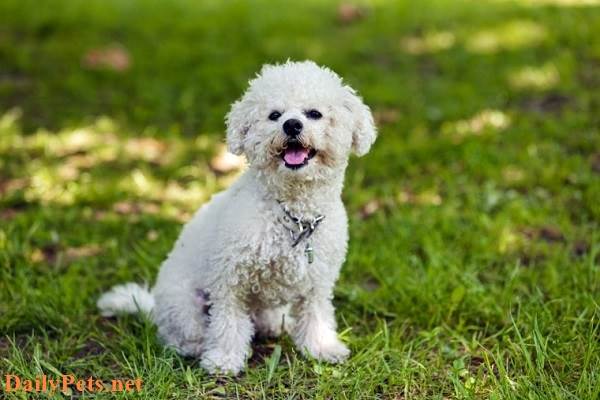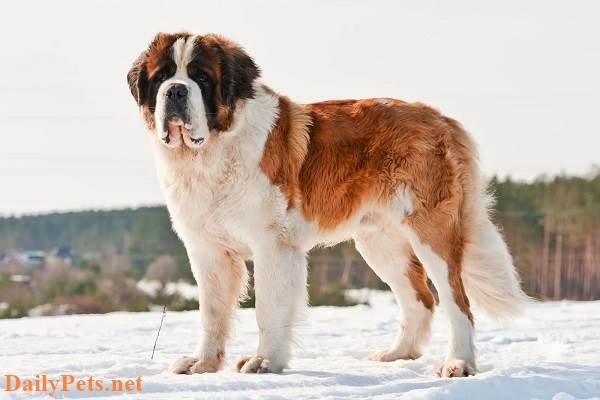The Dachshund breed brings a sense of joy to people because of its funny shape: a long-bodied dog with a long snout and short legs, very cute and courageous.
The origin of the Dachshund Dog
The Dachshund breed first appeared in Germany around the 15th century due to the crossbreeding of two Pinschers and Toy Terriers. The Sausage Dog developed and bred more in the 17th century, often kept by people to use as a hunting dog to fight wild foxes.
The Dachshund breed seems to have almost become extinct after going through two world wars. After many breeding efforts, the breed has shown signs of recovery and has become one of the most loved breeds.
In the late 19th century, the Dachshund breed was considered a hunting dog brought to America by indigenous people and became a domestic dog breed.
Although it is a close family dog, you must always be on guard because the fierce and aggressive nature of the hunting dog remains in the Dachshund.
Classification of dogs Dachshund
Dachshunds are classified into 3 types based on their coat:
- Smooth-haired Dachshunds are purebred dogs
- The short-haired Dachshund results from a cross between a purebred dog and a German Spaniel.
- Long-haired Dachshund dogs are toy sausage dogs because they have small bodies and long fur.
Appearance characteristics of Dachshund dogs
The Dachshund breed usually has a long nose and ears that hang down to the face, sometimes down to the mouth, bulging eyes, and a long mouth inside the mouth containing sharp teeth. The limbs are short but agile thanks to the enlarged chest, small belly, and solid body. Due to still being a hunting dog, the Dachshund’s nose is very sensitive and has a better sense of smell than other dogs.

Dachshund Dog.
The average weight of an adult Dachshund dog can weigh up to about 7.2 to 14kg and has a height of 13 -27cm.
Dachshund dogs have very little hair, but their coats are soft and beautiful. There are three common types of hair: long hair, short hair, and smooth hair.
Yellow or reddish-brown fur often appears in monochromatic dogs; dogs with two colors are usually dark black, brown, or gray with a light chestnut color.
Characteristics of the Dachshund Dog
Dachshund dogs are listed on the list of difficult animals to tame. Their reflexes are somewhat aggressive when sensing danger. But they also have a lot of good traits such as loyalty, affection, and good protection because they are very brave and their barking is very loud. Dachshund dogs are very intelligent, have a long memory, and have the ability to learn very quickly.
Reasons to adopt a Dachshund dog
Many dog lovers choose Dachshund dogs as pets because they are very cute, often cling to their owners, are very loyal and intelligent, and are a brave dog breed, so they are able to protect their owners well.
How to take care of a Dachshund dog
Dachshund food
Dachshund dogs can eat many foods, such as protein foods: Low-fat beef, lean pork, poultry, and all types of fish, but it is best to use seafood. Foods that provide calcium, such as crab, shrimp, eggs, and fish bones, or you can use specialized dog food.
How to care and hygiene for Dachshund dogs
Dachshund dogs are adaptable to any living environment; however, when caring for them, you should not leave them indoors for too long because they will feel bored and less active. Take them outside once a day to exercise to help them build muscle and stay in shape.
Because they are short-legged, they should not be allowed to run around stairs and other furniture.
Dachshund dogs should be bathed once a day. Dogs with long or thick hair should be trimmed, plucked, and trimmed with eyebrows and whiskers several times a year.
When feeding Dachshund dogs, you need to control the amount of food because they are very susceptible to obesity. Being overweight can cause them to slip or rupture their discs due to increased pressure on their long backs. Avoid giving them bones and foods with high-fat content.
Common Dachshund dog health problems
Dachshund dogs have a 12 to 15-year lifespan if well cared for. Because their legs are short and their body is long, they often suffer from bone diseases. There are also diseases such as heart disease, diabetes, and obesity.
Experts recommend feeding adult Dachshund dogs 1-2 meals a day and regularly deworming to ensure the best health.
Notes when taking care of Dachshund dogs
It is necessary to check the health of Dachshund dogs periodically, and at the same time, they must be vaccinated against epidemics and dewormed regularly. You can also make a regular health checkup book for your dog.
Due to their unbalanced body structure, Dachshund dogs often suffer from bone diseases such as spinal disc syndrome and joint problems.
You need to pay attention to the unusual signs of Dachshund dogs, such as coughing, wheezing, diarrhea, and not eating. If one of the above signs appears, take your dog to the nearest veterinary station for examination.
Dachshund price
The price of a Dachshund puppy can vary widely depending on several factors, including the breeder’s reputation, location, coat type (smooth, long-haired, or wire-haired), pedigree, and the specific color and markings of the puppy. On average, Dachshund puppies from reputable breeders can cost anywhere from $500 to $2500 or more.

Dachshund puppie.
When buying a Dachshund dog, you should pay attention to the following things.
- Appearance characteristics: Dachshund dogs must have long heads and ears, short limbs, broad chests, and tight abdomens. The coat is short, silky, shiny, and evenly colored.
- Pay attention to the age of the dog when buying: When buying a Dachshund dog, you should choose one that is 2 months old or older because, at this time, the dog can eat, drink, and walk healthily.
- Complete documents: You should pay attention to documents such as the origin of the dog or their health and vaccination documents.





